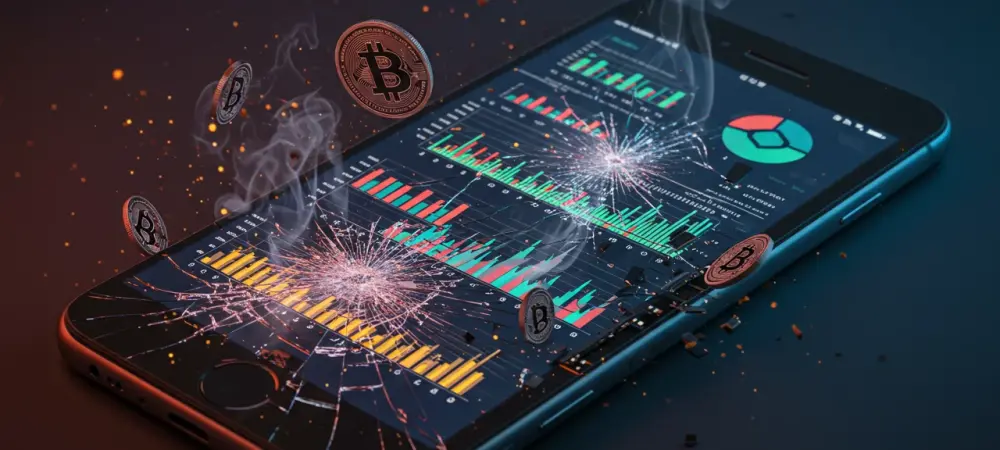Bitcoin smartphone mining involves using the computational power and storage of mobile devices to facilitate the mining of cryptocurrencies, particularly the BTC-S tokens in the case of Bitcoin Solaris. The advent of mobile mining has proven to be a pivotal change in the broader context of digital currency landscapes, presenting opportunities for casual users to partake in cryptocurrency growth without the cost barriers. Bitcoin Solaris stands out in this domain, optimizing a smartphone’s idle capabilities by deploying a proof-of-capacity model alongside layered methodologies. By leveraging smartphone mining, Bitcoin Solaris also contributes significantly to the cryptocurrency ecosystem, widening participation, securing networks, and enhancing accessibility for new miners without requiring hefty investments.
Distinctive Features of Bitcoin Solaris Mining
The Role of the Nova App
The Nova App is integral to Bitcoin Solaris’ mining strategy, effectively transforming smartphones into mining devices. One key function of the Nova App is its ability to provide immediate rewards for participants, effectively democratizing the mining process by removing the need for upfront investments or complicated technical know-how. Its user-friendly interface and transparent mining operations make it an attractive tool for both novice and experienced miners alike. Furthermore, the Nova App underscores the essence of accessibility in the crypto sector, facilitating a decentralized mining environment where anyone with a mobile device can engage. By circumventing traditional barriers and allowing instant engagement, Bitcoin Solaris positions its Nova App as a significant agent of change within the global mining community.
Hybrid Network Model: Power and Speed
Bitcoin Solaris employs a sophisticated hybrid network architecture incorporating proof-of-work, proof-of-stake, and several innovative consensus algorithms like proof-of-capacity and proof-of-history. This model significantly enhances transaction speeds, achieving over 10,000 transactions per second (TPS), all while ensuring quick finality. These diverse methodologies make the network resilient, adaptable, and able to handle a high volume of transactions efficiently. Through extensive validation and audits by entities like Cyberscope and Freshcoins, Bitcoin Solaris’ network architecture is further distinguished by its robust security features. This adaptable architecture ensures a scalable and sustainable infrastructure accommodating the ever-growing demands of the cryptocurrency market.
Innovation and Industry Shifts
Bitcoin Solaris has seen a variety of innovations propel its smartphone mining operations forward, fundamentally changing how the industry views cryptocurrencies. Its comprehensive approach includes maintaining a supply-cap, facilitating immediate wallet payouts, and providing daily earnings accessible through its operational on-chain casino. The cryptocurrency industry’s pivot toward utility-centric models has found proponents in Bitcoin Solaris and its ventures. By ensuring participants have access to live rewards, it fosters a more engaging user experience while enhancing the BTC-S token’s usability and value proposition.
Practical Implementation in Diverse Sectors
Beyond individual mining enthusiasts, Bitcoin Solaris’ smartphone mining approach has attracted interest across various industries exploring its ramifications. Sectors such as fintech, gaming, and digital commerce have already begun employing this model.
These unique implementations extend further, appreciating applicability in decentralized finance (DeFi) hubs and multichain ecosystems. These developments highlight the potential of Bitcoin Solaris to influence various sectors while advocating for a broader understanding of cryptocurrency applications.
Barriers and Solutions
Despite its advantages, Bitcoin Solaris’ smartphone mining faces several challenges. Addressing these requires ongoing research and development to optimize mining scripts for mobile devices and design energy-efficient protocols that minimize smartphone resource usage while maximizing mining output.
Bitcoin Solaris is actively applying strategies to navigate these impediments, such as collaborating with industry bodies for regulation-friendly advances and launching educational programs to inform users about safe mining practices.
Prospects in Bitcoin Solaris Smartphone Mining
Looking ahead, the potential for Bitcoin Solaris’ model to reshape the cryptocurrency landscape is immense. Innovation-driven evolution forms the backbone of Bitcoin Solaris’ future, pointing toward integrating additional proofs within its hybrid structure—potentially exploring new methodologies yet to be conceptualized.
Synthesizing the Review
In reviewing Bitcoin Solaris’ smartphone mining initiatives, several key insights emerge. The Nova App bridges the accessibility gap, offering individuals easy entry into the crypto mining realm. The hybrid network architecture showcases optimal performance and speed, reinforcing its prominence in transaction efficiency. In achieving these milestones, Bitcoin Solaris paints a promising picture for the future, where mobile-centric cryptocurrency solutions could define new financial paradigms. Understanding and appreciating these innovations is crucial in a world where economic participation becomes increasingly digital, outlining pathways toward comprehensive and sustainable industry advances.

